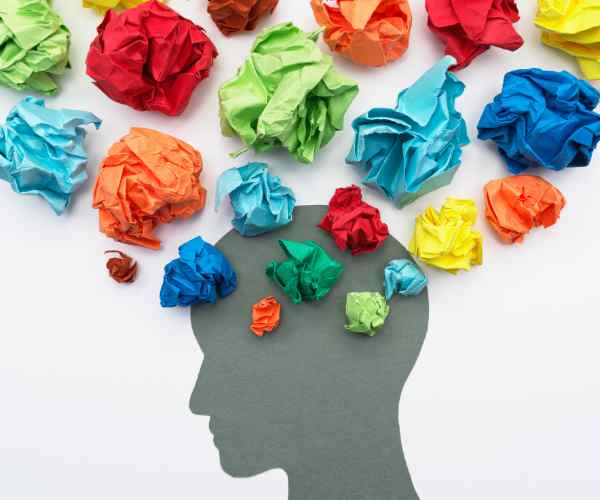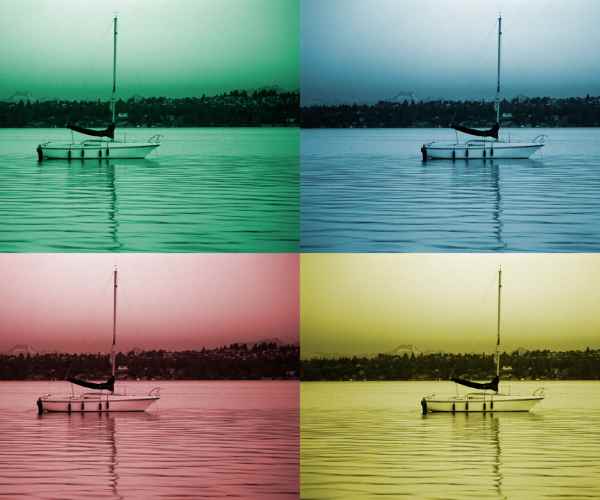The fusion of different forms of media and the message it carries is the essence of collage, as it is a form of artwork that falls into the category of collage art. It can be said that the collage as an art form is quite unique as it encompasses diverse forms for example paper , textile & even random trinkets. Every time a collage is created, it pushes creativity and storytelling to another level by incorporating multiple media styles into a single piece of art, making it intricate by nature.
It allows artists to incorporate layers during the collage making process, elevating the texture, color and composition of the art, resulting in pieces that are bound to grab ones attention. It gives a fresh perspective on daily items and turns them into unforgettable experiences, giving collage artists the chance to expand their horizons and their creative thoughts.
What is collage art?
At the precise moment, Picasso and Braque began to take the world by storm when collage art entered the visual world of the 20th century, as the world had entered the middle of the art revolution. In their time, collage art was an entirely different art style and required a lot of skills to master, which was ideal for artists such as Picasso and Braque as they were looking for something new in the painting industry.
Pablo Picasso and Georges Braque were pioneers of collage art. For instance, Picasso’s paintings included snippets of newspapers and pieces of cloth in order to dismiss the traditional approach to art. In the same way, Georges Braque engaged in mixed media collage by using found and created objects which helped to expand the definition of what art is.
The basic definitions of collage art include the process of arranging and attaching materials to a desired surface such as a canvas. In that sense, collage art is a process which allows to construct a visual object using, among others, colored paper, fabric and other objects. Each piece is a collage or assemblage of many elements carefully arranged so that together they look expressive or are able convey a message.
Basic Techniques:
- Collage Adhering: The process of gluing collage paper and collage found objects to a base surface by using some type of glue or adhesive.
- Layering: The technique whereby collage materials are placed over one another.
- Composition: The act of coordinating various aspects to achieve a satisfactory balance and attractiveness of an object.
Why Mix Media in Collage?
The inclusion of other mediums in art in the collage mixes gives room for imagination in terms creating concepts through different materials or found objects. This makes it possible for an artist to produce works that have varying textures, various colors and depth that distinguishes collage from other artistic styles.
By adding textures or colored paper to a collage, a sense of depth that is visually stimulating and rich is created. A combination of fabrics or metal sheets brings a variety of effective textures to the overall art work. This method both adds to the collage’s physical structure and enriches the viewer’s experience.
A few real life instances of the power of mixed media are:
- Kurt Schwitters Assemblages – Like his famous Merzbau work wherein he combines tattered newspaper clippings, bits of fabric and wood, Schwitters’s work uses mundane items to create art in three-dimensional forms. Through his assemblages work, he shows us that it is possible to create compelling and thought provoking art that integrates diverse materials into one entity.
- Henri Matisse Cut – Outs: Matisse’s distinctive style changed the scene as he was able to cut colored sheets into pieces and rearrange them into graphical shapes that seem to them moving and alive. By employing cut-out pieces, Matisse demonstrates how the integration of rather diverse media can convey quite a big array of feelings and ideas.
Strategies for Mixing Media in Collage
- Integrating Materials: The use of cloth, cutouts from a newspaper, and dry media can be experimented with. For instance, mingling dull fabrics with shiny textures, such as magazine cut outs, is a wonderful example of contrast.
- Layering Elements: Collages require layering when there is a need to increase the depth and texture. One starts with one base layer followed by multiple layers of collage papers, paint and discovered items. This adds up complexity and interest visually.
- Adhering Materials: Gluing, mod podge, acrylic paint and many more can be used to tightly stick the materials together. For instance, mod podge is an example of a glue that’s quite famous for keeping and combining collage pieces.
- Incorporating Found Objects: Utilize buttons, stitches, and cloth cut offs to stick into your collage for creativity and uniqueness. These items are visually appealing and at the same time are of importance to the artist.
Messages in collage art
Because collage is a multimedia art form, it enables a storyteller to tell a story or provide commentary on societal issues through the use of different genres and mediums. By employing various types of mediums, the artists can target several themes.
Personal Representation: Elements such as photographs, text, and even fabrics can be combined in a collage to present a personal story or represent a culture. Such artistic techniques make identity and personal experience easier to portray and this approach lends itself well to collage.
Social Issues: The Dada movement is a collage of criticism of social standards and independent art movements. One of the representatives of German Dadaism, Hannah Hoch, employed collage techniques to reconstruct عورت’s perspectives.
FAQs
What materials do I need to start making collages?
For collage making below are some materials you would need — collage papers, fabric, found objects, glue or ModPodge for adhesives, scissors, brushes, canvas or paper, and whatever craft knife or tool of your choice. These are the essentials for a collage.
Simple tools work good for starters alongside collage art which is widely available for inspiration, colored paper, and fabric scrap are ideal to start with as they can help with practicing the basic techniques. YouTube collage tutorials can also help with understanding the new medium and the right way of working with different elements.
How can I find inspiration for my collage art?
Some sources include crafting art with collage with day to day items:
- Everyday Items: Newspaper articles, old photographs, or used fabrics can also be used along with your artwork, these items carry stories and textures that serve to be unique.
- Contemporary Photos: Features in your collages can be sufficed with photo collages, while also richening the elements that are or will be layered or juxtaposed.
- Art study includes visual art collections that delve into the works of great collage makers such as Kurt Schwitters or Henri Matisse. The aim of these studies is to gain insight into different styles and techniques.
In these collage tutorials, We suggest techniques, and provide online tutorials so that art enthusiasts can further their range and gain more insight on the topic.
Collage art history and mixed media techniques can be explored and the concepts can help refine your technique.
Can collages be in the digital form?
Collage art advocates for the evolution of collage techniques into digital forms that incorporate software as a means of fusion into the collage art. This modern form of collage allows for precise image and element alterations to the artwork.
A collage is in the form of layers and files much like a stack that has been controlled digitally which has a software as a source of manipulation if you a keyword having been inserted. Adobe Photoshop or sometimes Illustrator is employed usually when making a collage as having many items that need physical work is considered inefficient. Digital collage has its many advantages to offer.
Being precise is one of the advantages owing to software that enables a collage maker to regulate various aspects like the layers, transparency, and color saturation.
- Versatility: different materials in physical form can sometimes be a burden to separate the elements and tried different techniques, with digital collages this has never got the hold it has never been an issue.
- Ease of Revision: this depends on what your aim is, with a digital collage your options are broader, as they can be edited and redone so no limit is placed.
In comparison to the traditional mode of making a collage a digital collage is much easier to deal with as it offers a wider range of artistic options thereby technology is able and virgins a great range of sorcery while building tools.
Conclusion
Collage art is a powerful means of self expression and encourages the use of mixed media. More importantly, it allows an artist the flexibility to explore various methods that can lead to captivating works of art.
There are a plethora of ways to be creative with collage art, such as trying out new elements and media to work with. In conclusion, The digital and the modern arts are complements for the collage, and the resources afforded by technology are abundant.




